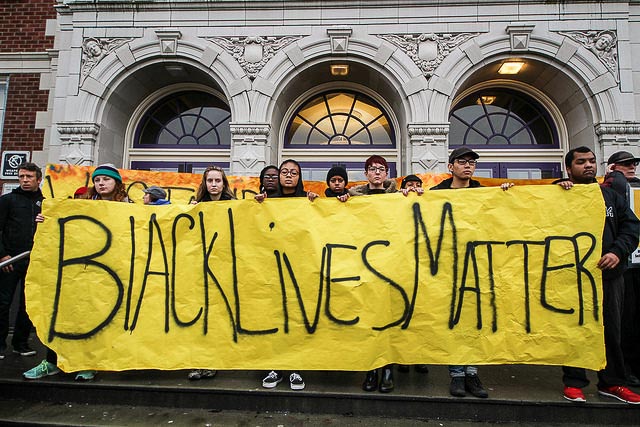Urban planning professors from across the country convened in Houston last fall, just a few weeks before the one-year anniversary of the unrest in Ferguson, Mo. following the shooting death of Michael Brown.
As they discussed the significance of the event, Lisa Bates, a Portland State University planning professor, had a message for them:
Urban planning has a race problem that it doesn’t want to acknowledge.
Bates has grown frustrated with the ongoing effort to try to “lift up” impoverished people of color by using affordable housing programs to steer them from predominantly black communities to mixed-race neighborhoods where they – theoretically – may have more opportunities.
But she views that approach as shortsighted (and probably discriminatory to boot). After all, nobody spends much time advocating for predominantly white communities to be broken up. Homogenous neighborhoods themselves aren’t the problem, she argued at the Association of Collegiate Schools of Planning conference. “White people do great in racially concentrated areas,” Bates said. “They’re living it up.”
It’s not predominantly black neighborhoods themselves that cause problems for their residents. It’s the way our society and government treats those neighborhoods that causes harm, she said. “The problem is racism,” Bates said. And that, she says, is the real challenge that needs to be addressed.
“Our entire urban history has been about moving people to solve problems,” said Bates, who argues that planners should focus more on finding ways to address racism that has undermined black communities than on trying to move low-income black residents out of those communities. “We only try to make people move … when they’re poor and people of color.”
But Bates, whose work has focused on examining post-Katrina rebuilding in New Orleans, says most urban planners don’t think that way. “We’re in a discipline that I don’t believe loves black people and black communities,” she said.
That may have to do with who, exactly, tends to be an urban planner.
A 2007 American Planning Association task force found that fewer than 10 percent of the organization's members are racial minorities, compared to more than 30 percent of the U.S. population.
June Thomas, an urban planning professor at University of Michigan, echoed those sentiments on the same panel. “What we see as ‘normal’ is really the end result of cumulative privilege we’ve been building in this country for middle class whites since the 1920s and 1930s,” she said. “We’ve essentially cut ourselves off from seeing the injustice.”
Bates argued that urban planners rarely follow the work of academics in the field of African-American Studies, a separate but nevertheless related discipline that she believes offers insight on how to address urban disparity.
She believes that instead of focusing on housing programs that use vouchers to steer low-income minorities into areas of “higher opportunity,” planning and housing officials should be more ambitious. Their philosophy, she argued, should be a simple one: “If it was the way we wanted it, what would it look like?” One way to foster that type of thinking, Bates said, would be for university planning programs to require students to take courses on urban inequity.
The panel also noted that it’s difficult to find planners who are willing to stand up and push for the sort of changes needed to bring equity to communities of color. The AICP code of ethics specifically highlights planners’ “special responsibility to plan for the needs of the disadvantaged and to promote racial and economic integration.”
But Thomas noted that doesn’t always happen, and the practice doesn’t always line up with the rhetoric. “The commitment is frayed and episodic,” she said. “I think we have a long way to go before we overcome this challenge.”
This article is an update to an item originally published in October 2015.

